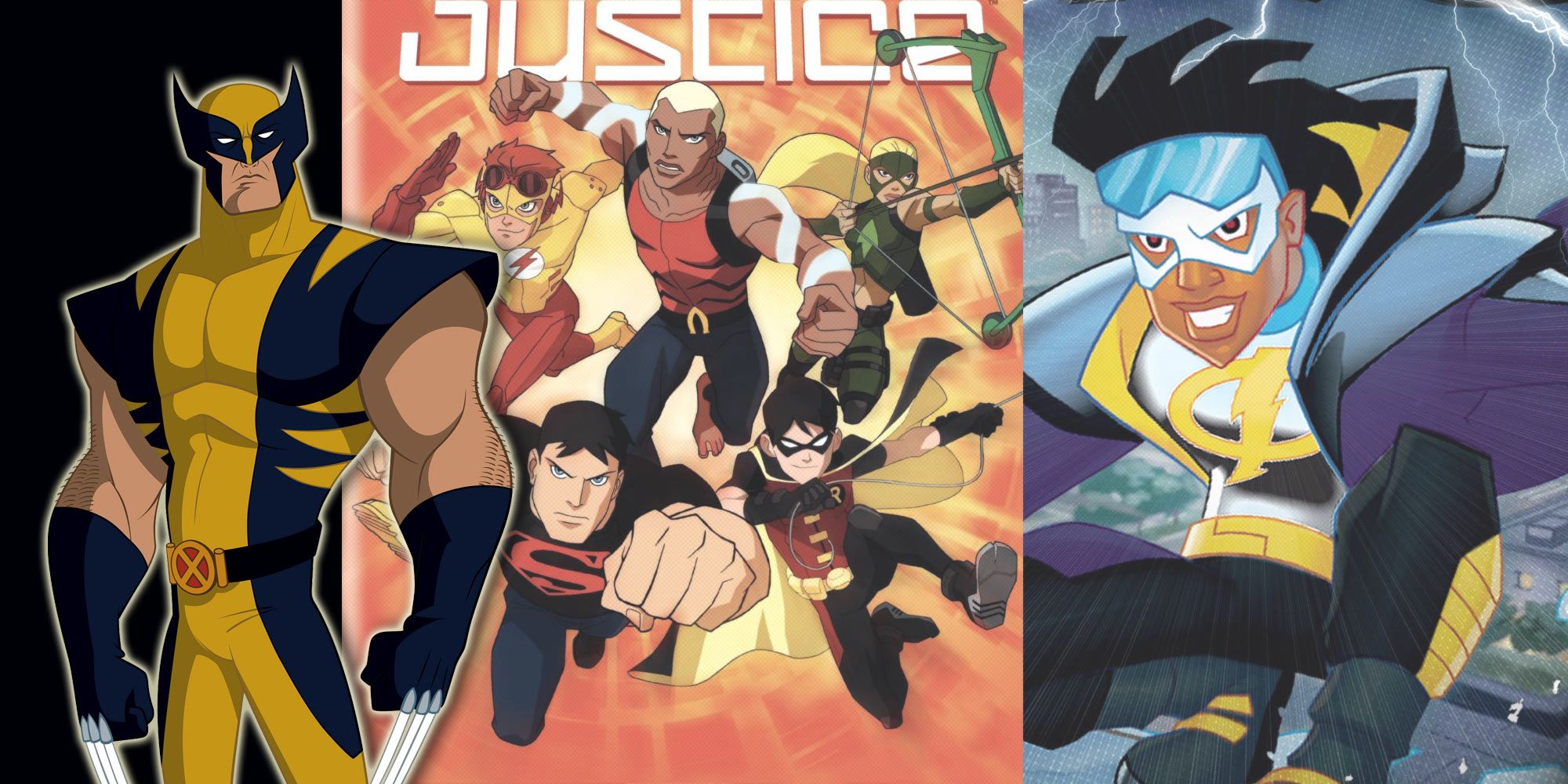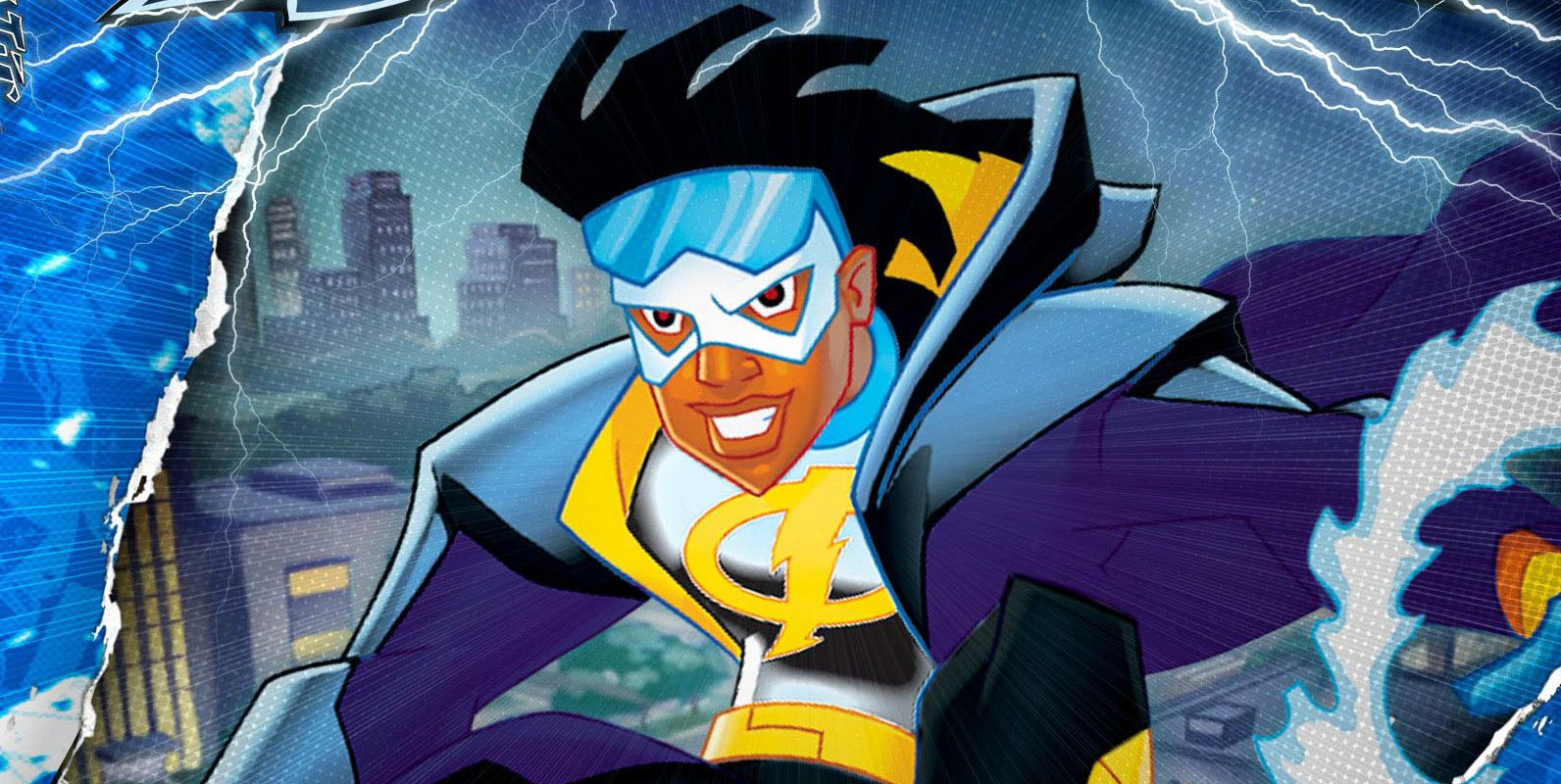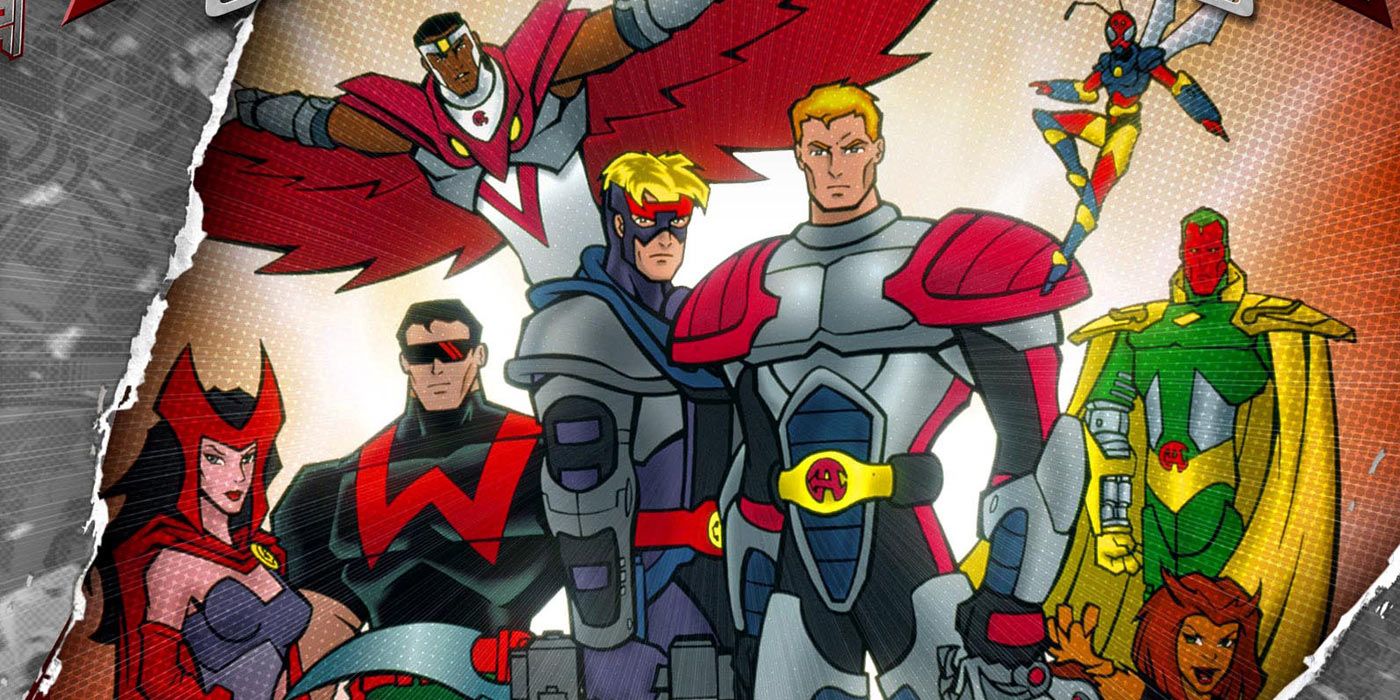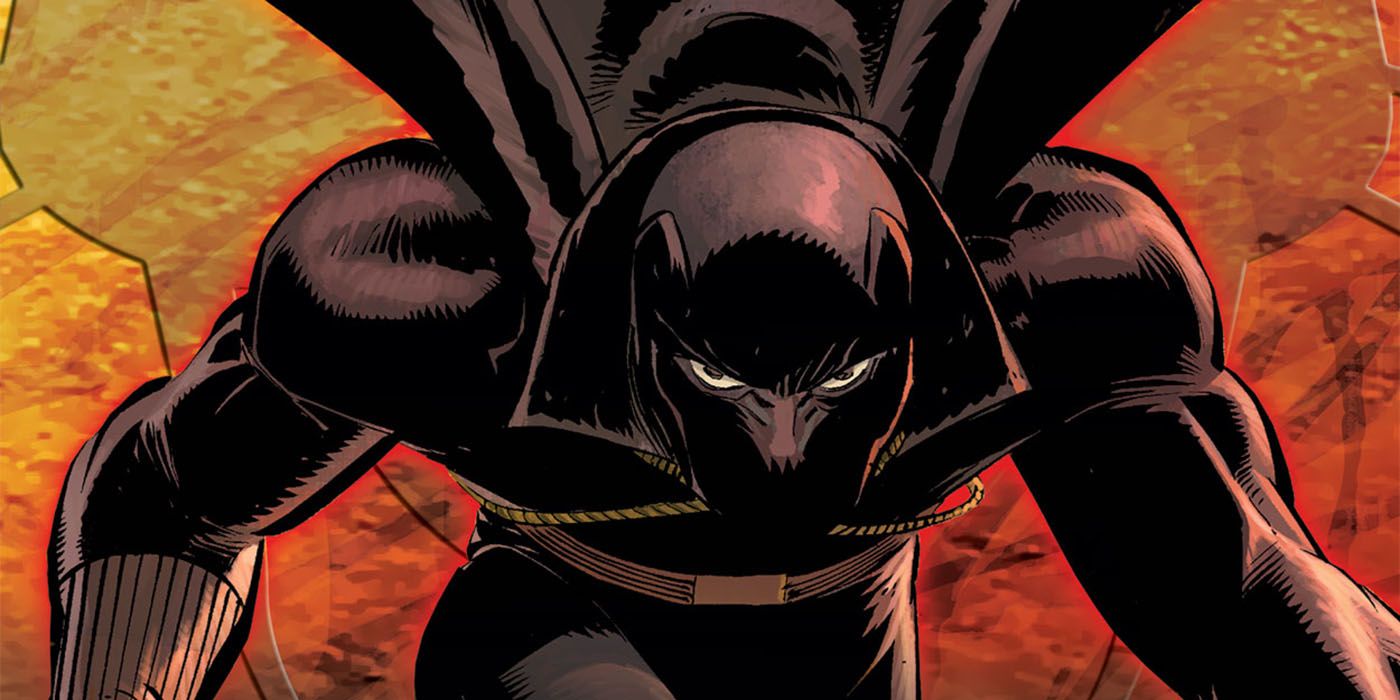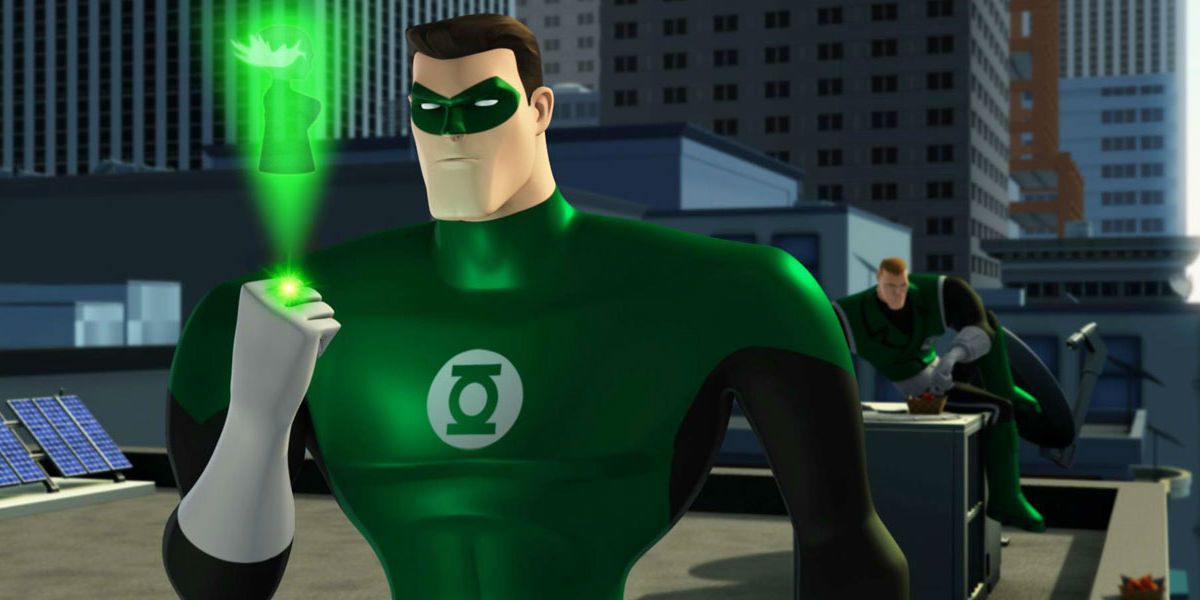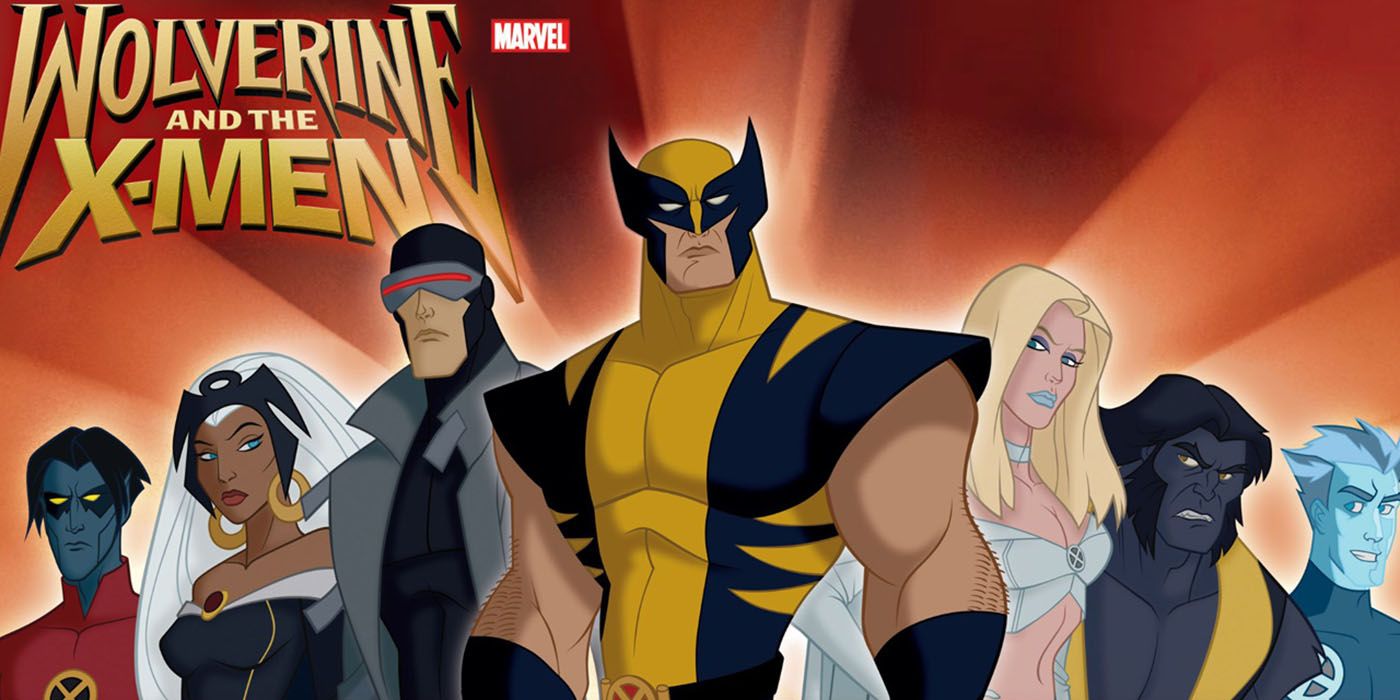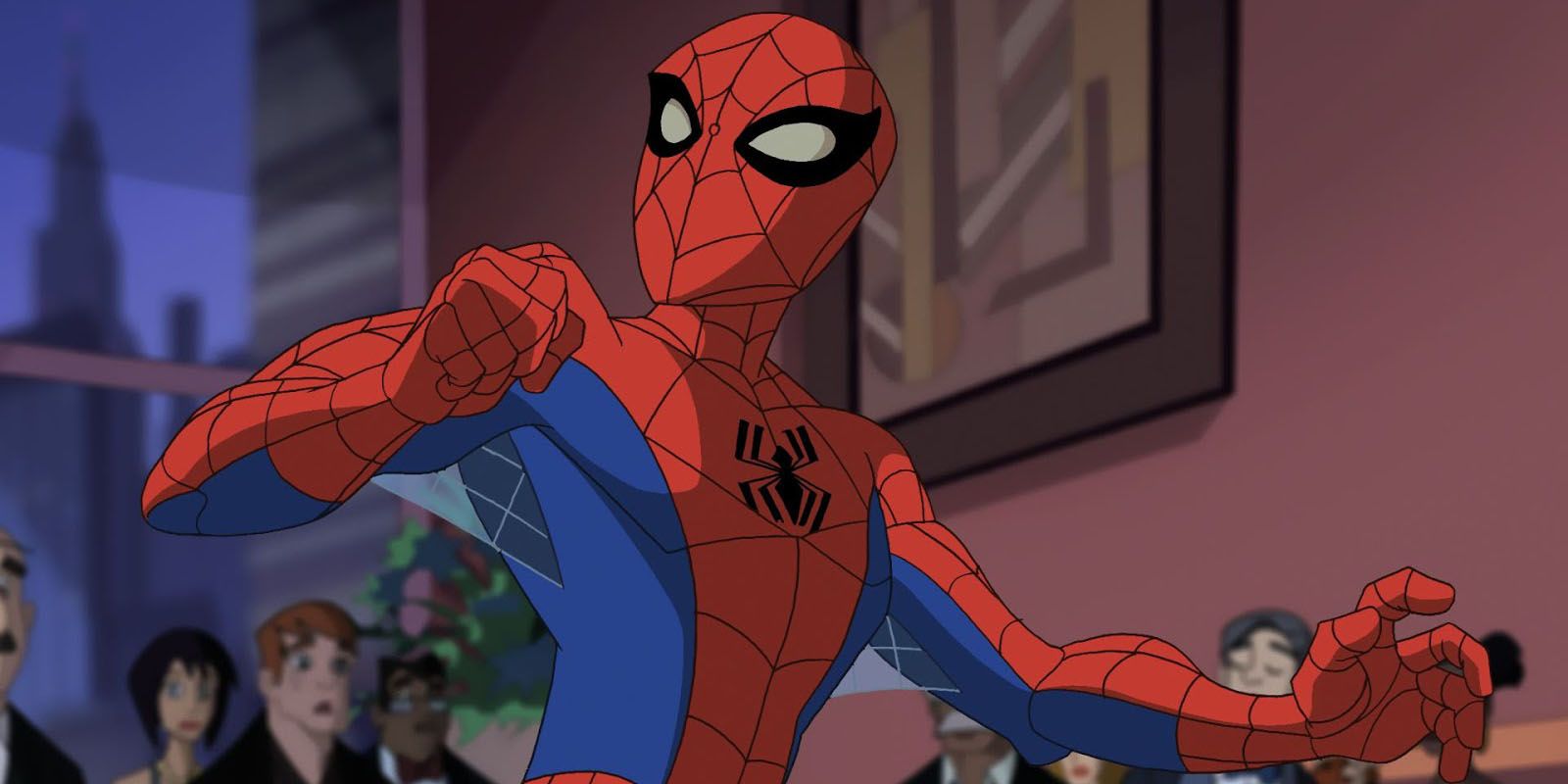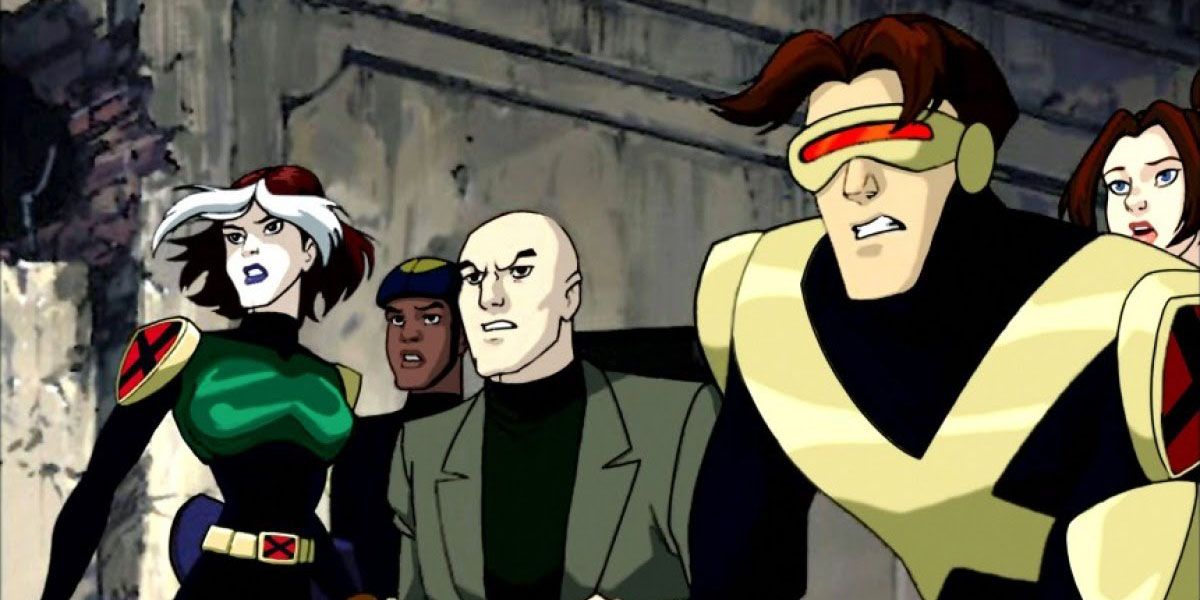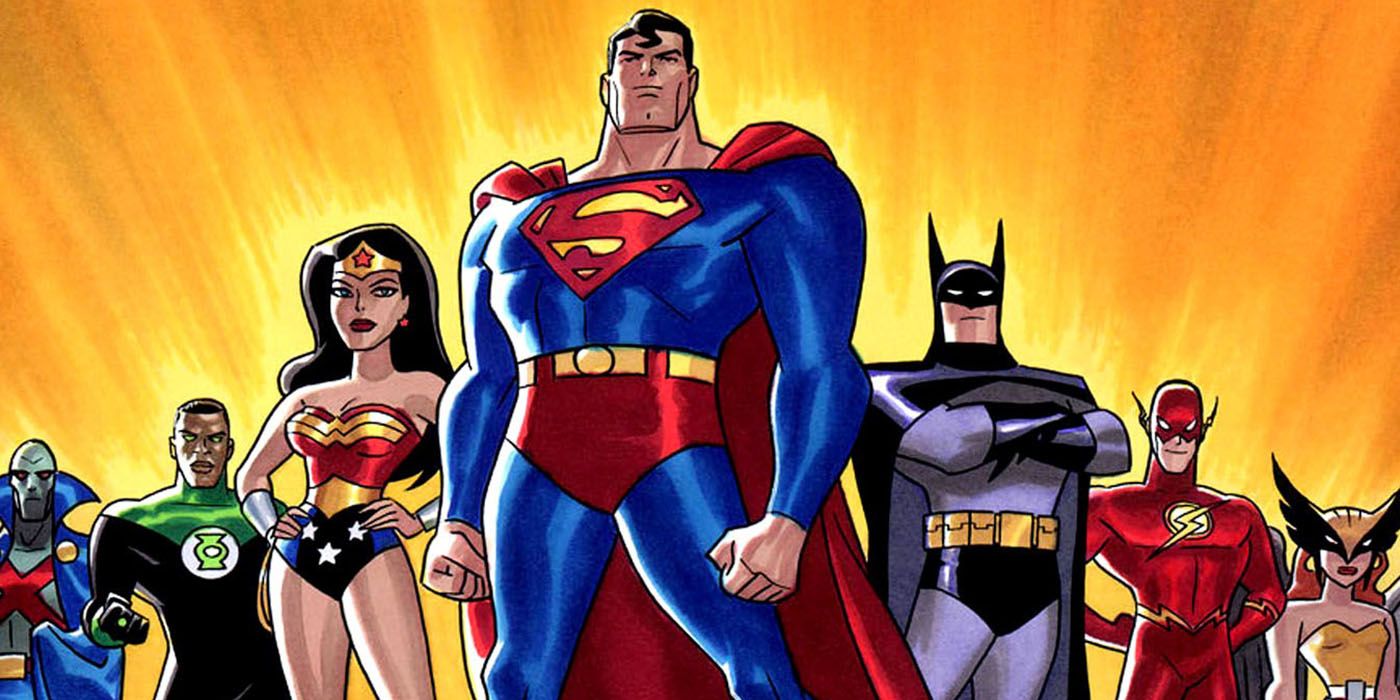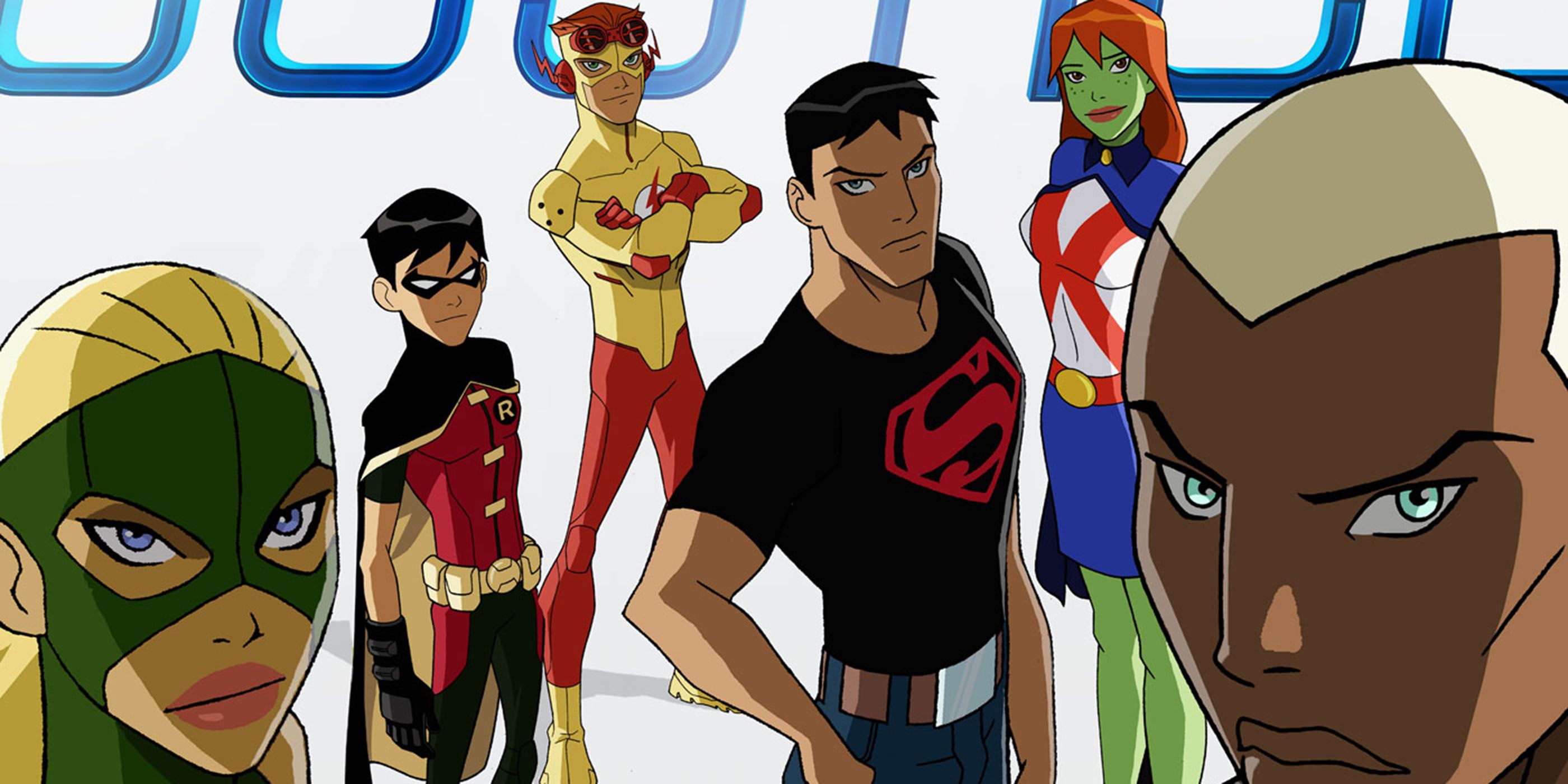When it comes to being introduced into the world of superheroes, many comic and non-comic fans alike got their start by watching them on the small screen. As a kid, television was often the best way to see your heroes in action. Often geared toward younger audiences, these superhero series are where many fans first venture into the realms of Marvel and DC heroes.
RELATED: Fans Petition DC for New "Young Justice" Series
But some things were not meant to last, as some of these superhero television series were cut short before their time, losing the opportunity to draw from the wealth of comic book material at their disposal. As a result, lesser-known heroes lost the opportunities to establish themselves in more mainstream media with the viewing public, and popular series with compelling storylines were axed just as they were on the verge of producing something even greater. It is because of series like the ones on this list that many viewers become fans of the superhero genre; proof positive that they can often act as the gateway for fans to explore the source material.
With that being said, here’s a look at some of the superhero animated television series that bit the bullet too soon, despite the golden opportunities waiting beyond the horizon.
10 Static Shock (4 seasons, 52 Episodes, September 2000- May 2004)
Based on the comic created by Milestone Media’s Dwayne McDuffie, Deny Cowan, Derek Dingle, and Michael Davis, "Static Shock" followed the life of Virgil Hawkins, a fourteen year-old high school student who finds himself gifted with electric powers after a chemical explosion referred to as ‘The Big Bang." The show saw Virgil juggling life between his superhero duties as Static and his personal life as a teenager.
Static Shock was important for a number of reasons outside of his cool superpowers, not the least of which included an African-American in a lead role. As a character, Virgil stood as an image of representation among superheroes that is still not very common in superhero television series. Growing up in a single-parent household, Virgil’s problems were also real world issues that made him a relatable character to a wide range of people, and he was perhaps the most human of many superheroes on television at the time. The show itself also tackled a number of deep themes like racism, education and abandonment. For a show geared towards younger audiences, Static Shock was a superhero show unlike any that came before it, especially given its origins in Milestone and the creation of its titular characters by African-American artists and writers. DC Comic eventually brought Static into its fold from Milestone Media, and seeing more of Static on the small screen would have been nothing short of a delight.
9 The Avengers: United They Stand (1 Season, 13 Episodes, October 1999-February 2000)
Before the Avengers came to more mainstream popularity in 2012, there was an animated series centered on the Marvel superhero team known as Earth’s Mightiest Heroes. Developed by Fox Studios and Stan Lee himself, the series followed a cast of lesser-known Avengers consisting of Falcon, Hawkeye, Wasp, Scarlet Witch, Vision, Wonder Man, Tigra and Ant-Man (Hank Pym), who acted as group leader.
While "The Avengers: United They Stand" did not feature Iron Man, Captain America or Thor as mainstays of the team (Cap and Iron Man each made one cameo appearance), it was unique in introducing lesser-known heroes from the Marvel Universe. Being mainly geared towards kids, it was a unique opportunity for Marvel to establish a foothold following the success of "Batman: Beyond" and the rest of the DC animated universe. Unfortunately, some of the creative decisions made for the show (which included its use of special battle armor and unfamiliar character designs) played a part in its downfall and subsequent short run. Despite some of its creative decisions, the series had an opportunity to expand on the Marvel Universe and overcome some of its shortcomings, especially with Lee at the helm.
8 Black Panther (1 Season, 6 Episodes, November 2011)
Before coming into his own on the big screen in "Captain America: Civil War" as a member of Team Iron Man, Black Panther actually had his own animated show, which first premiered in Australia on January 10, 2010 before making its debut in the United States.
The series highlights the Wakandan ruler’s origin story. Spanning only six episodes, it chronicles T’Challa’s background and fight against Klaw following the death of his father T’Chaka while taking his place as ruler of Wakanda. Black Panther is among the Marvel heroes who could have gained popularity quickly had he been given a television series that spanned more than the six episodes this series was given.
Black Panther is a Marvel hero who often has much political intrigue attached to him. After all, being the ruler of one of the wealthiest nations in the Marvel Universe brings its own share of difficulties, as it takes more than physical and martial prowess to rule over a country like Wakanda. In addition, the show had a stellar voice cast that included the likes of Djimon Hounsou as T’Challa, Kerry Washington as Princess Shuri and Jill Scott as Storm. Stan Lee himself was part of the project, providing the voice of General Wallace. If there was a superhero animated series that could have flourished longer, it was this one. If the surge of popularity in superhero material has shown us anything, it’s that a figure like Black Panther has the ability to succeed on the small screen just as much as he already has one the silver one.
7 Green Lantern Animated Series (1 Season, 26 Episodes, March 2012-March 2013)
The most image-broken figure in DC (thanks in no small part to the 2011 live-action film), Green Lantern has perhaps been the most misunderstood hero in recent years, but that doesn't mean there is not good Green Lantern material out there. "Green Lantern: The Animated" series is one such example of the scope the hero enjoys when done right in media outside comics.
The computer-animated series follows the adventures of Hal Jordan, the first human Green Lantern of Earth, and his partner Kilowog as they keep peace throughout the universe in the name of the Green Lantern Corps. The series uses great computer-animation and delves deeper into the lore of the Green Lantern universe, even introducing some of the different-colored Lantern corps. It's also one of the few series in which Jordan takes more of a central role, compared to his cameo in "Justice League: Unlimited" and the comedic one he has in "Duck Dodgers." Unfortunately, poor performance of the live-action movie and its subsequent impact on toy sales resulted in the series’ cancellation.
Thanks in no small part to the "Justice League" animated series, Green Lantern John Stewart gained great popularity among fans of the show, but his predecessor didn’t have the same amount of exposure and thus, the shine that he gets in the comics. Without knowing about Jordan, fans who grew up with the show won’t understand the path he paved for humans and the Green Lantern Corps as whole.
6 Wolverine and the X-Men (1 Season, 26 episodes, January 2009-November 2009)
The X-Men have been through their share of animated adaptations, and "Wolverine and the X-Men" was the next in line for its shot. Unfortunately, it was a show that never really had the opportunity to fully spread its wings, or pop its claws.
Set in a time period during which the government begins to seek and capture mutants, the series follows Wolverine as he seeks to reunite the heavily fractured X-Men to combat the threat. He must do so without the aid of Charles Xavier, who has gone missing. Logan soon finds he’s not the only interested party in pursuit of his former team members.
While the adaptation had a great premise, the show only ran for one season, spanning 26 episodes, as Marvel Animation dealt with financial issues that resulted in the series’ early cancellation. Despite its premature end, "Wolverine and the X-Men" separated itself from its predecessors by portraying a more vulnerable and uncertain Logan, who consistently questioned his worth as a leader in the absence of Xavier. This is very unlike the Wolverine of previous animated X-Men incarnations, who was often seen more for his battle prowess than anything else. With Stan Lee acting as one of the executive producers, this seemed like a series ripe with opportunities for a well-developed X-Men series. It also introduced a wide array of the mutant groups outside of the X-men, which gave the show a feeling of the depth in the comics themselves.
5 The Spectacular Spider-Man (2 Seasons, 26 Episodes, March 2008-November 2009)
Yes, there have undoubtedly been numerous animated television series surrounding one of Marvel’s most popular and iconic superheroes, but "The Spectacular Spider-Man" was perhaps the most true of any Marvel animated television series to adhere to its source material.
Developed by Greg Weisman and Victor Cook,"The Spectacular Spider-Man" follows Peter Parker during his high school years as the web-slinging hero in New York. What made this show different from many others was the fact that much of its storyline was based on the original comic book arcs written by Stan Lee and Steve Ditko. The series was praised for its action, comedy, tone and setting, while its portrayal of Spider-Man is often lauded for being the closest to his comic roots.
The series met its unfortunate end as a result of the ongoing legal battle between Sony Pictures Television and Disney, who happened to purchase Marvel at the time the series was being produced. Given the praise that surrounded the show and its ability to adapt its original source material so well to the small screen, it is one that had a chance to blossom into something great, had television rights not intervened.
4 X-Men: Evolution (4 Seasons, 52 Episodes, November 2000-October 2003)
Among one of the more successful Marvel animated series outside of "The Spectacular Spider-Man," "X-Men: Evolution" ended just as some of the best potential for storylines were set to begin.
Based on the group of super-powered individuals led by Charles Xavier, the series depicts well-established characters like Cyclops, Jean Grey, Rouge, Kitty Pryde and Nightcrawler in their teenage years as they deal with growing public sentiment surrounding mutants, all while learning to control their abilities. Depicting well-known characters as teenagers made the show appealing to younger audiences, as well as gaining a foundation for the X-Men as a whole. Having some of the well established X-Men as teenagers allowed for a number of opportunities for character growth and development, particularly when it came to the struggles they often faced trying to be accepted by the rest of non-mutant society.
While the show ran for four seasons, it was unfortunately ended at a point where it seemed future seasons would shift the focus heavily towards Jean Grey and introduce various other plot lines from X-Men comics into the series. Given the heavy foreshadowing in the finale, "X-Men Evolution" was a series primed for several seasons of engaging stories.
3 Justice League Unlimited (3 seasons, 39 episodes, July 2004-May 2006)
Few words are needed to describe the Justice League, DC Comics’ premiere superhero team. One of the many shows that expanded its reach to both comic and non-comic fans alike, "Justice League: Unlimited" was a series with broad appeal for kids, teens and even adults alike.
Acting as a direct sequel to the "Justice League" animated series, "JLU" greatly expands the roster from the seven members featured in its predecessor following the events of the season finale, "Starcrossed." The series features a variety of heroes from the DC Universe as they combat various threats as new members of the League.
Like its predecessor, "JLU" had broad appeal to both comic and non-comic fans alike, as it keeps the original seven heroes from the first series in the mix while finding time to feature some of its newest League members. Like other series before it, "Justice League: Unlimited" was a series that could have run longer than it did, given the amount of heroes it had at its disposal and the open-ended finale in the show’s third season. For many fans, the show was a first exposure to DC superhero material and was another example of DC’s gauntlet of success in animated television series.
2 Teen Titans (5 seasons, 65 episodes, July 2003-September 2006)
Based on the DC superhero team of the same name, this series focuses on the likes of Robin, Starfire, Raven, Cyborg, and Beast Boy, with Robin designated as the team’s leader. The show follows the team as they deal with various criminals and threats based on characters from the DC Universe.
"Teen Titans" had an unprecedented run of popularity during its run on Cartoon Network, and was well known for its character development, themes and tone, which broadened the show’s appeal beyond its targeted younger demographic. The series' popularity was such that it could have run longer had the show not been terminated by Warner Bros. Feature Animation, which, according to Aqualad voice actor Wil Wheaton, was not satisfied with the pitch for season six. Instead, fans had to deal with either the last episode of season five (which ends at a cliffhanger) or the "Teen Titans: Trouble in Tokyo" animated television film as a de-facto series finale.
This television series helped make the Teen Titans as popular and recognizable as the Justice League, thanks to its use of deep storytelling and character-centric plot lines. Each member of the team was provided major story arcs to develop when they are still coming into their own as superheroes. This formula worked to perfection, and allowed the show to thrive even in ways that Justice League doesn’t.
Despite being canceled, the show lives on in the form of "Teen Titans Go!," in which the same voice actors still portray the characters, but in a satirized version of the 2003 series.
1 Young Justice (2 seasons, 46 episodes, November 2010-March 2013)
When talking about superhero animated series that bit the bullet too soon, it is impossible to not include "Young Justice" as the top of the list. The series follows a group of young heroes-in-training that includes the likes of Kid-Flash (Wally West), Dick Grayson (Robin/Nightwing), Aqualad, Artemis, Miss Martian and Superboy, as they learn to control their powers and abilities while dealing with the pressures of being a hero. Being in the shadow of the Justice League is easier said than done for this next generation of heroes.
Despite its shorter time in the spotlight, the show has received numerous amounts of praise for its character development and its more mature themes. Like "Teen Titans," the series made plenty of room to challenge this young group of heroes in a more mature aspect that broadened its appeal beyond its targeted young demographic on Cartoon Network. "Young Justice" shows its deep connection to the DC Universe with its younger generation of heroes, making it appealing to everyone. It was also not afraid to take some big risks when it came to plot, and its great storytelling was reminiscent of its "Teen Titans" predecessor.
However, similar to its animated DC counterpart in "Green Lantern: The Animated Series," poor performance in toy sales led to the show’s demise, despite its popularity. While rumors of the show having its third season continued by Netflix continue to surface, for the moment all fans can do is wait and hope that the young heroes can make their triumphant return to the small screen.
What other shows were cut short before their time? Let us know in the comments!

